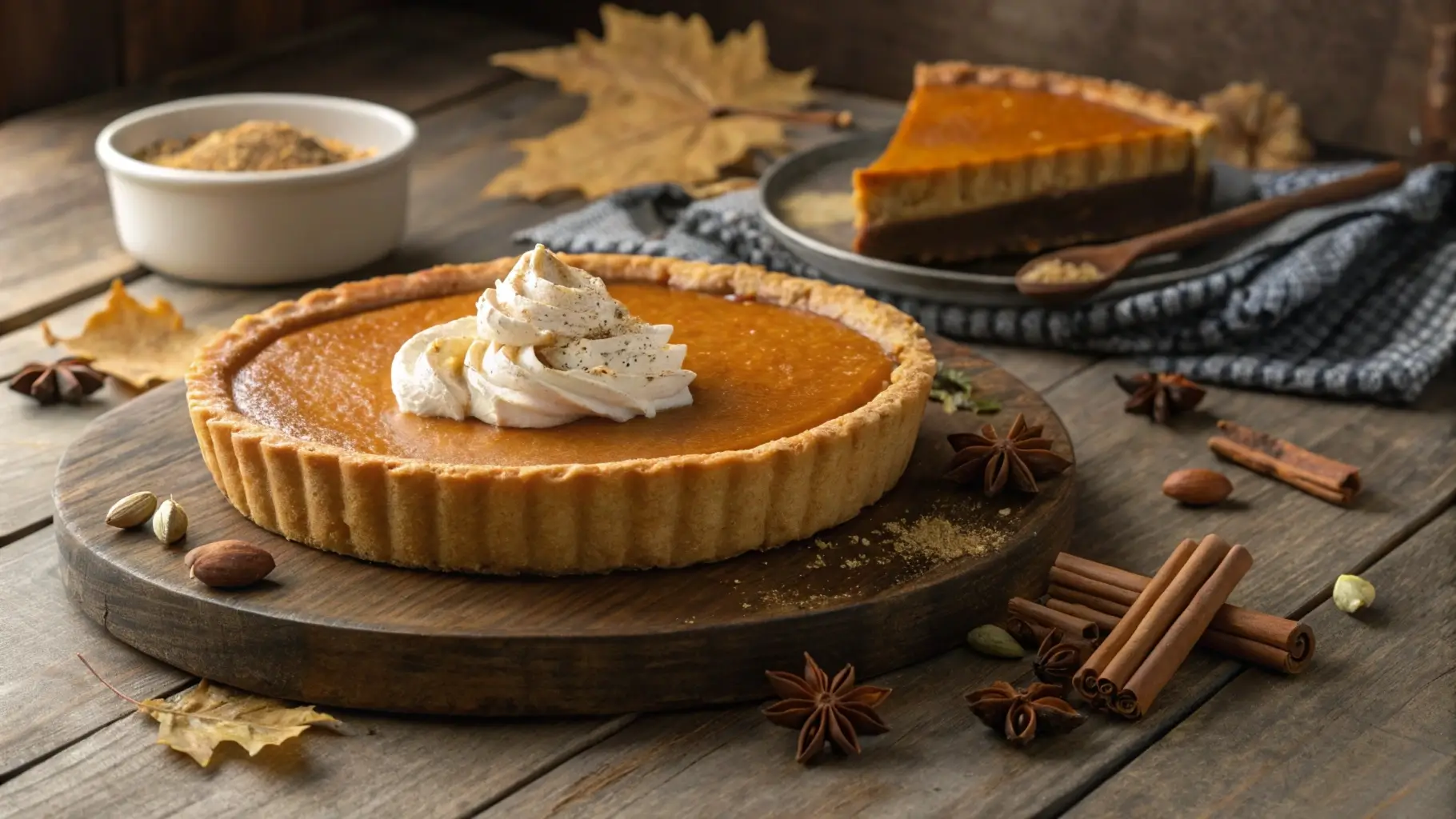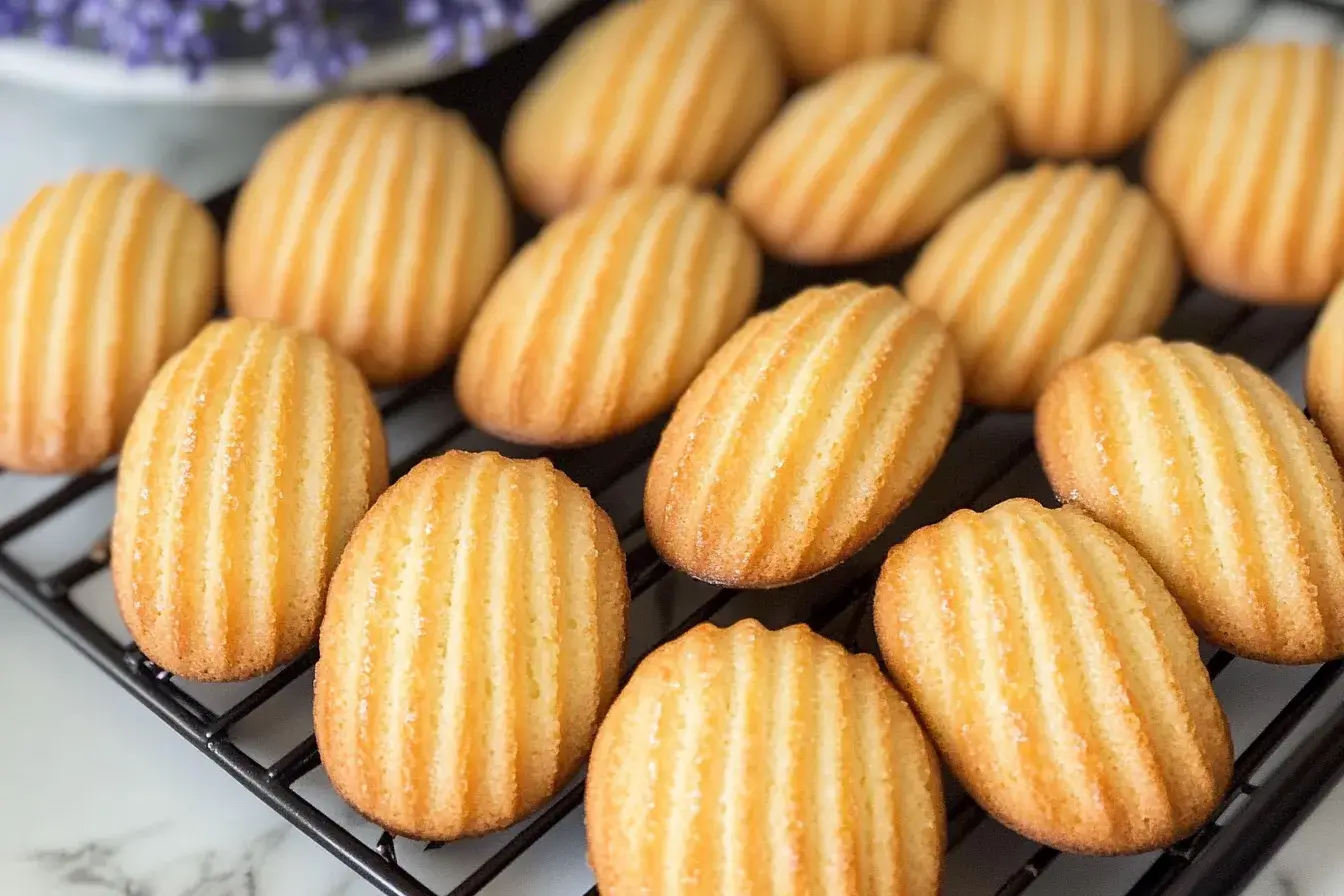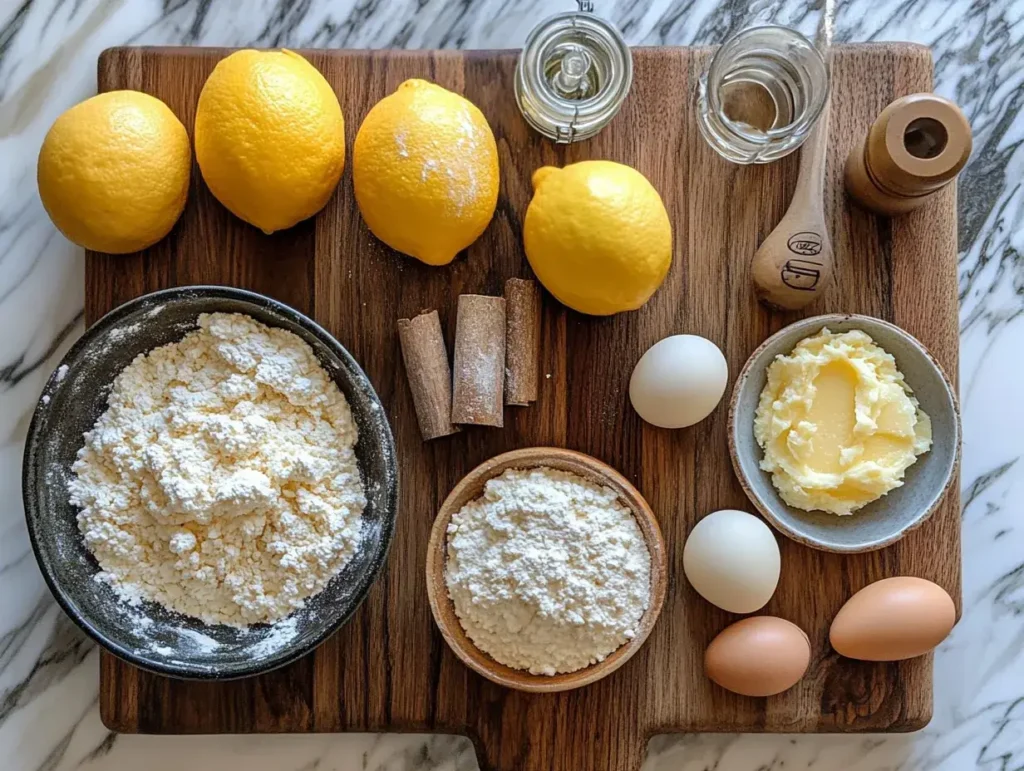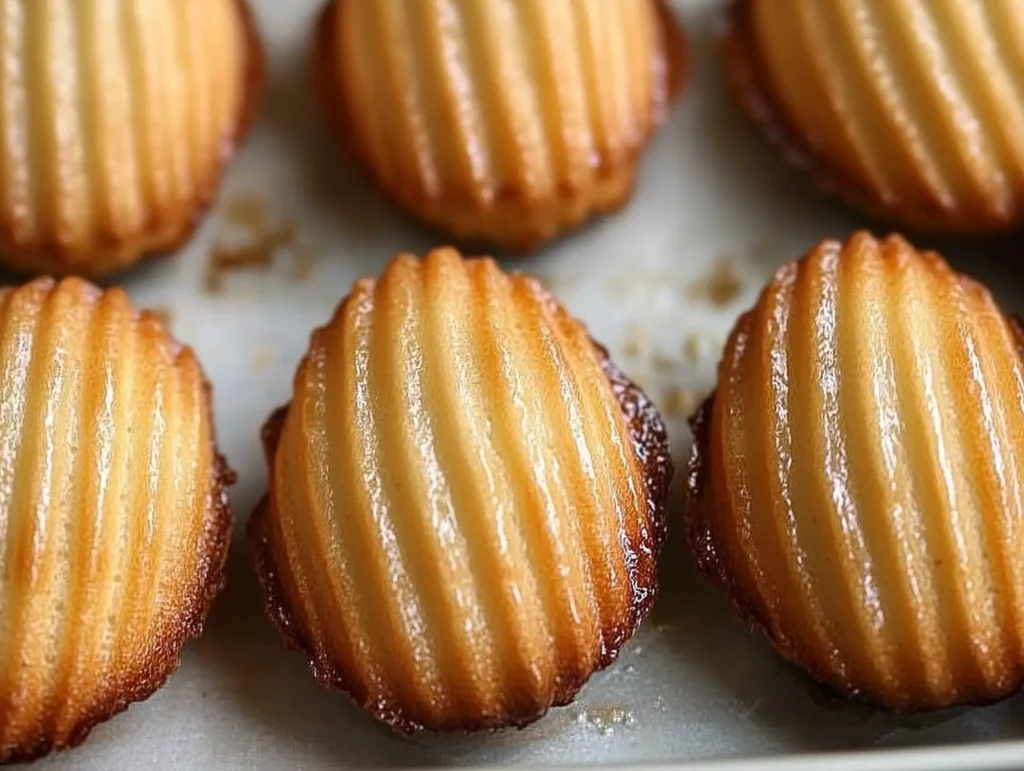Get ready to fall in love with the Milk Bar pumpkin pie recipe, a dessert that’s as indulgent as it is memorable. With its signature graham cracker crust and perfectly spiced pumpkin filling, this pie has everything you could want in a fall treat. But here’s the kicker it’s ridiculously easy to make!
Whether you’re a seasoned baker or a total beginner, this recipe will guide you step by step, ensuring success every time. Plus, the unique Milk Bar touch transforms a traditional pie into something truly extraordinary. So, grab your apron, and let’s turn your kitchen into a bakery. This is more than just a recipe; it’s your ticket to creating a dessert everyone will rave about. Let’s get started!
The Ingredients You’ll Need for the Milk Bar Pumpkin Pie Recipe
Key Components of the Pumpkin Filling
The heart of the Milk Bar pumpkin pie recipe lies in its rich and creamy pumpkin filling. To achieve that signature texture and flavor, you’ll need high-quality pumpkin puree. Whether you opt for canned or homemade, ensure it’s smooth and free of excess moisture this helps create the silky consistency Milk Bar is known for.
You’ll also need sweetened condensed milk, which adds sweetness and a creamy texture, along with eggs to help set the filling. Don’t forget the spices! A blend of cinnamon, nutmeg, ginger, and cloves provides that classic fall warmth. To enhance the depth of flavor, a pinch of salt balances the sweetness and brings out the earthy pumpkin notes.
Crafting the Perfect Graham Cracker Crust
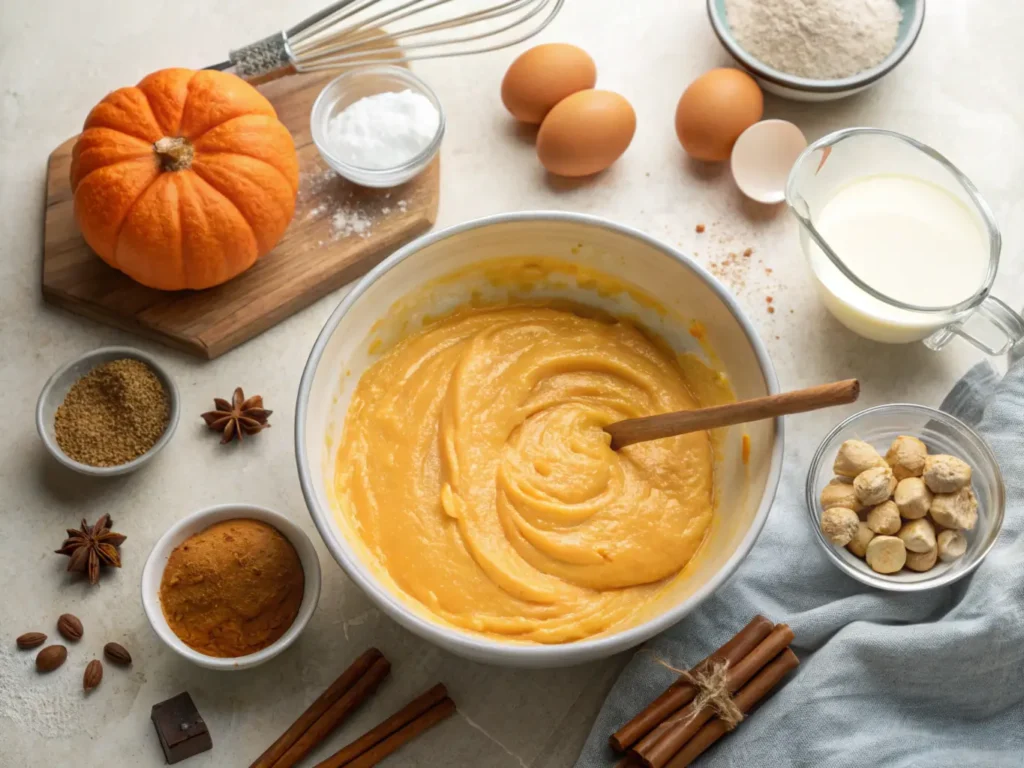
What sets this recipe apart is its crunchy, buttery graham cracker crust. Unlike traditional pie crusts, this one doesn’t require rolling or precise cutting making it ideal for beginners. Start with finely crushed graham crackers, mix them with melted butter and a touch of sugar, and press the mixture into your pie pan.
To prevent the crust from becoming soggy, bake it briefly before adding the filling. This step ensures a crisp base that complements the creamy filling perfectly. For an in-depth guide to creating the best graham cracker crusts, check out this resource on mastering pie crusts.
Optional Toppings for Added Flavor
While the Milk Bar pumpkin pie recipe is exceptional on its own, toppings can elevate its appeal even further. A dollop of freshly whipped cream or a sprinkle of cinnamon adds a touch of elegance. If you’re feeling adventurous, consider a drizzle of salted caramel or a handful of candied pecans for extra texture and flavor.
For those who enjoy a contrast of temperatures, serving a slice with a scoop of vanilla ice cream is a game-changer. These additions not only enhance the visual presentation but also create a delightful balance of flavors and textures.
Ingredient Substitutions for the Milk Bar Pumpkin Pie
The beauty of the Milk Bar pumpkin pie recipe is its versatility. If you need a gluten-free option, substitute the graham crackers with gluten-free alternatives. For a dairy-free version, coconut milk can replace sweetened condensed milk, and plant-based butter works well in the crust.
Want to switch things up? Add a teaspoon of vanilla extract or orange zest to the filling for a unique twist. You can also experiment with spices—try cardamom or allspice to bring a fresh dimension to the classic pumpkin pie flavor. These customizations allow you to tailor the pie to your preferences while keeping the essence of the original recipe intact.
Step-by-Step Instructions
Preparing the Crust Like a Pro
The foundation of the Milk Bar pumpkin pie recipe starts with its unforgettable graham cracker crust. Begin by finely crushing your graham crackers—either by using a food processor for a quick solution or placing them in a sealed bag and crushing them with a rolling pin. Aim for a sandy texture with no large chunks, as this ensures an even crust.
Next, mix the graham cracker crumbs with melted butter and sugar until it resembles wet sand. This combination not only binds the crust but also provides the rich, buttery flavor that complements the filling. Press the mixture firmly into a pie pan, making sure the bottom and sides are evenly covered. To lock in that crispy texture, pre-bake the crust at 350°F (175°C) for about 10 minutes. This step is essential to avoid a soggy bottom when the filling is added later.
Mixing the Pumpkin Filling to Perfect the Milk Bar Recipe
The filling is the star of the Milk Bar pumpkin pie recipe, and getting it just right requires attention to detail. Start by whisking together your pumpkin puree, sweetened condensed milk, eggs, and spices in a large mixing bowl. For best results, use room-temperature ingredients—they blend more smoothly and create a silkier texture.
To elevate the flavor, add a pinch of salt and, optionally, a teaspoon of vanilla extract. For an extra hint of warmth, sprinkle a dash of allspice or cardamom. Mix until the filling is completely smooth, with no visible streaks of egg or spices. If you’d like more tips on achieving the perfect pumpkin pie consistency, check out this guide to pumpkin pie baking.
Baking Techniques for a Perfectly Cooked Pie
Baking the Milk Bar pumpkin pie recipe is where the magic happens, but timing is everything. Pour the prepared filling into the pre-baked crust, spreading it evenly with a spatula. Preheat your oven to 350°F (175°C), then place the pie on the middle rack to ensure even heat distribution.
Bake for about 45-50 minutes, checking the pie frequently toward the end. The filling should be mostly set, with just a slight jiggle in the center. Overbaking can cause cracks, so remove the pie as soon as it reaches this consistency. Let it cool on a wire rack to room temperature before refrigerating. This resting period allows the filling to firm up perfectly while developing its flavors.
Assembling and Finalizing the Milk Bar Pumpkin Pie Recipe
Now it’s time to bring all the components together into the perfect dessert. Once the pie has fully cooled, consider adding your choice of toppings for that final touch. Whipped cream is a classic option, but you can also drizzle caramel sauce or sprinkle a bit of crushed graham crackers on top for extra flair.
When serving, slice the pie using a warm, clean knife for smooth edges—wiping the blade between cuts helps maintain a neat presentation. Whether it’s for a family dinner or a festive holiday table, this pie is sure to impress everyone at the table.
For additional tips on crafting show-stopping desserts, check out The Best Kefir Sheet Cake Recipe.
Expert Tips for Mastering the Milk Bar Pumpkin Pie Recipe
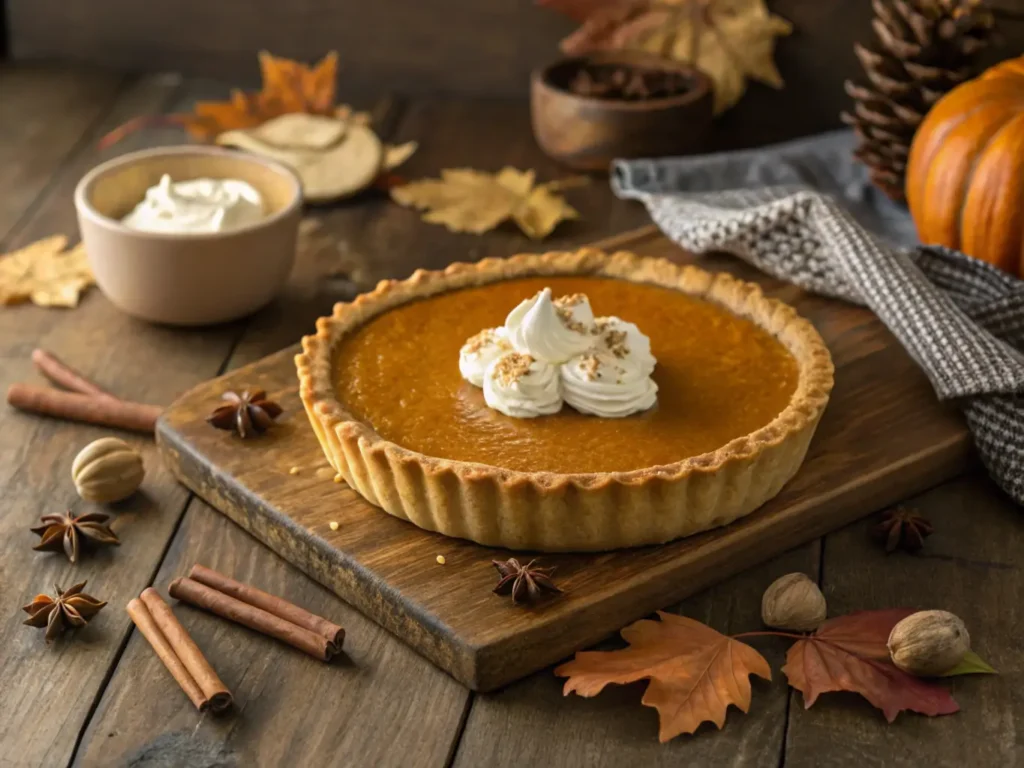
Avoiding Common Baking Mistakes
Even the best bakers sometimes encounter challenges, but with a few tips, you can avoid common pitfalls when making the Milk Bar pumpkin pie recipe. One frequent issue is a soggy crust. To prevent this, always pre-bake your graham cracker crust as outlined earlier—it creates a firm base that won’t absorb moisture from the filling.
Another common mistake is overmixing the filling. While it’s essential to combine all ingredients thoroughly, overmixing can introduce air bubbles that disrupt the pie’s smooth texture. Stir gently until just blended. Lastly, watch the oven closely during the last 10 minutes of baking. The filling should jiggle slightly in the center but not look runny. Overbaking can cause cracks, which, while harmless, can detract from the presentation.
Enhancing Flavor with Spices
The unique spice blend is what makes the Milk Bar pumpkin pie recipe so special. While the classic combination of cinnamon, nutmeg, ginger, and cloves works beautifully, don’t be afraid to experiment. For a deeper flavor, try adding cardamom or a hint of black pepper. These spices can elevate the richness of the pumpkin and create a more complex taste.
It’s also a good idea to toast your spices lightly before adding them to the filling. This simple step enhances their aroma and brings out their natural oils. If you’re unsure about measurements, start with small amounts and adjust to your taste.
Achieving a Creamy Texture in the Milk Bar Pumpkin Pie
The creamy consistency of the Milk Bar pumpkin pie recipe is a hallmark of its success. To replicate this at home, ensure your pumpkin puree is smooth and well-drained. Excess liquid can make the filling too runny and affect its ability to set properly.
Moreover, bake the pie at the correct temperature and avoid opening the oven door frequently it causes temperature fluctuations that can impact the texture. If you’re using a convection oven, consider lowering the temperature by 25°F to prevent overcooking. Let the pie cool completely before slicing, as this allows the filling to firm up for a clean cut.
Presenting the Milk Bar Pumpkin Pie for Stunning Results
A beautifully presented dessert is always a showstopper, and the Milk Bar pumpkin pie recipe is no exception. For a classic look, garnish with a swirl of whipped cream and a sprinkle of ground cinnamon. If you want something more striking, consider adding caramel drizzle or a few candied pecans for texture.
Serving on a rustic wooden board or a decorative pie plate can elevate the presentation further. To make individual servings stand out, cut neat slices and plate them with a dollop of whipped cream or a scoop of vanilla ice cream. This creates a polished look that’s perfect for dinner parties or holiday celebrations.
Variations on the Classic Recipe
Gluten-Free Milk Bar Pumpkin Pie
For those avoiding gluten, the Milk Bar pumpkin pie recipe can easily be adapted to meet your needs without sacrificing flavor. Start by substituting the graham cracker crust with a gluten-free version. Many grocery stores carry gluten-free graham crackers, or you can use almond flour as a base for a nutty twist.
To keep the filling gluten-free, ensure that all spices and canned pumpkin puree are labeled gluten-free, as cross-contamination can sometimes occur. The steps remain the same, making this a straightforward variation that’s perfect for anyone with dietary restrictions. You’ll still enjoy the same creamy filling and spiced warmth in every bite.
Vegan Milk Bar Pumpkin Pie Recipe
The Milk Bar pumpkin pie recipe is surprisingly adaptable for vegan bakers! Replace the sweetened condensed milk with coconut cream and a touch of maple syrup for sweetness. Instead of eggs, you can use flaxseed meal mixed with water or a commercial egg replacer to help set the filling.
For the crust, swap butter for a plant-based alternative that mimics its richness. This vegan-friendly version retains the decadent flavors while accommodating a plant-based diet. With these changes, you’ll have a pie that’s every bit as indulgent and crowd-pleasing as the original.
Adding a Nutty Twist
If you’re looking to enhance the Milk Bar pumpkin pie recipe with a nutty flavor, consider incorporating crushed pecans or walnuts into the crust. Mix them with the graham cracker crumbs for added texture and a deeper taste profile. You can also sprinkle toasted nuts on top of the pie for a crunchy garnish.
Another option is to add a swirl of almond butter or peanut butter into the filling before baking. This unexpected twist pairs beautifully with the spiced pumpkin and creates a unique flavor that’s sure to impress your guests.
Incorporating Seasonal Flavors
The Milk Bar pumpkin pie recipe can be customized to highlight other seasonal flavors, making it versatile for year-round enjoyment. For a winter-inspired version, add a hint of orange zest and a splash of orange juice to the filling. This brightens the flavor and complements the warm spices.
In spring or summer, consider a coconut-pumpkin variation by adding coconut flakes to the crust and a touch of coconut extract to the filling. These seasonal tweaks allow you to enjoy this iconic dessert with a fresh twist, no matter the time of year.
Looking for more dessert ideas to suit various dietary needs? Check out How To Make Perfect Madeline Cookies Using Cream for inspiration that pairs perfectly with your Milk Bar pumpkin pie recipe.
Pairing Milk Bar Pumpkin Pie with Other Desserts
Drinks That Complement Pumpkin Pie
The Milk Bar pumpkin pie recipe is a showstopper on its own, but pairing it with the right drink can elevate your dessert experience. For a cozy fall vibe, serve it alongside a warm spiced chai latte or a classic pumpkin spice coffee. The spicy notes in these drinks complement the pie’s cinnamon and nutmeg flavors perfectly.
For something cooler, a chilled glass of apple cider or a pumpkin ale adds a refreshing contrast to the rich filling. If you’re hosting a dinner party, a lightly sweet dessert wine, such as Moscato or a late-harvest Riesling, creates a sophisticated pairing. These options enhance the pie’s flavors while adding variety to your dessert spread.
Sides to Serve Alongside Your Pie
If you’re planning a dessert buffet, consider pairing the Milk Bar pumpkin pie recipe with other fall-themed treats for a cohesive menu. A crisp apple crumble or a batch of chewy ginger cookies offers complementary flavors and textures.
For lighter options, roasted spiced nuts or a seasonal fruit salad can balance the richness of the pie. These additions make your dessert table more dynamic and give guests a variety of choices to satisfy their sweet cravings.
Combining with Ice Cream or Whipped Cream
Nothing enhances the Milk Bar pumpkin pie recipe like a scoop of creamy vanilla ice cream or a generous dollop of freshly whipped cream. The coolness of the ice cream provides a delightful contrast to the warm spices, while the whipped cream adds a light and airy texture.
For a creative twist, try pairing the pie with caramel or cinnamon ice cream to echo its autumn flavors. You can also add a sprinkle of nutmeg or cinnamon on top of the whipped cream for an extra touch of elegance.
Savory Pairings for the Milk Bar Pumpkin Pie Recipe
For those who prefer a balance of sweet and savory, consider serving the Milk Bar pumpkin pie recipe with a side of sharp cheddar cheese or a slice of smoky bacon. The savory elements create a striking contrast with the pie’s sweetness, making for a unique and memorable flavor combination.
Additionally, a sprinkle of flaky sea salt on top of the pie or a small serving of salted caramel sauce can enhance its complexity. These savory accents surprise and delight guests, turning a traditional dessert into a culinary adventure.
FAQ Section
Should I use regular or quick oats?
For the Milk Bar pumpkin pie recipe, regular oats are generally preferred because they retain more texture and provide a slightly chewy bite that complements the creamy filling. However, if you only have quick oats on hand, they can be used in a pinch. Quick oats will blend more easily, creating a finer consistency, but they might lack the hearty texture of regular oats. Whichever you choose, ensure the oats are fresh to achieve the best flavor.
This is my first time making caramel. What should I know?
Making caramel for the first time can seem daunting, but with a few tips, you’ll have it mastered. First, use a heavy-bottomed saucepan to ensure even heat distribution. Combine sugar and a small amount of water over medium heat, stirring gently until the sugar dissolves. Once it begins to bubble, stop stirring and let the mixture cook until it turns a golden amber color.
Keep a close eye on the caramel, as it can burn quickly. When it reaches the desired color, remove it from heat and carefully add cream or butter, whisking continuously to prevent splattering. Caramel adds a luscious touch to the Milk Bar pumpkin pie recipe, so it’s worth the effort to perfect this technique.
Can I make pumpkin puree at home?
Absolutely! Homemade pumpkin puree can elevate the Milk Bar pumpkin pie recipe with its fresh and natural flavor. To make it, start by selecting a small, sweet pumpkin like a sugar or pie pumpkin. Cut it in half, remove the seeds, and place the halves cut-side down on a baking sheet.
Bake at 375°F (190°C) for about 45-50 minutes, or until the flesh is tender. Scoop out the cooked pumpkin and blend it in a food processor until smooth. While canned pumpkin is convenient, homemade puree has a richer taste and can be frozen for later use.
Do I have to roast the pumpkin puree?
Roasting the pumpkin puree is not mandatory, but it significantly enhances the flavor. Roasting caramelizes the natural sugars in the pumpkin, creating a deeper, sweeter taste that pairs beautifully with the spices in the Milk Bar pumpkin pie recipe.
If you’re short on time, you can skip roasting and use canned pumpkin puree instead. Just make sure to choose a brand with no added sugars or flavors to keep the recipe authentic. If using homemade puree, roasting is worth the extra step for that extra layer of flavor.
Conclusion
The Milk Bar pumpkin pie recipe is a delightful fusion of creamy pumpkin filling, warm spices, and a buttery graham cracker crust that’s perfect for any occasion. Throughout this article, you’ve learned how to create this iconic dessert step by step, including tips for mastering the crust, perfecting the filling, and adding creative variations.
From pairing it with seasonal drinks and desserts to customizing the recipe for dietary needs, this pie offers endless possibilities to suit your taste and style. Whether you’re a seasoned baker or trying your hand at pie-making for the first time, this recipe is both approachable and rewarding.
Now it’s your turn to bring the Milk Bar pumpkin pie recipe to life in your kitchen. Gather your ingredients, follow the steps, and enjoy the satisfaction of baking a dessert that’s as delicious as it is memorable. Happy baking and don’t forget to savor every bite!

